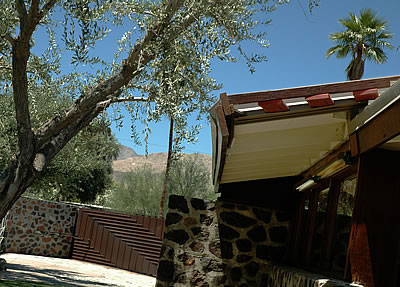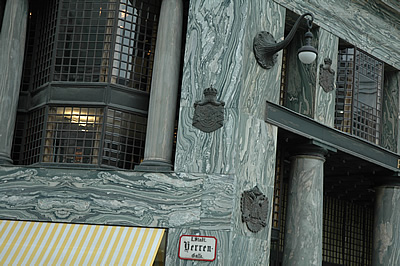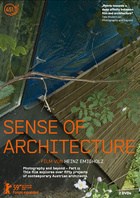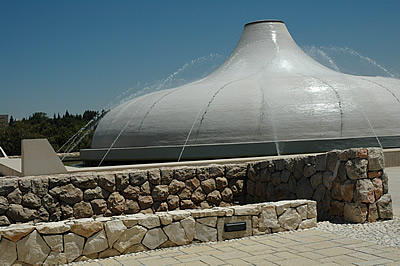Miscellanea II
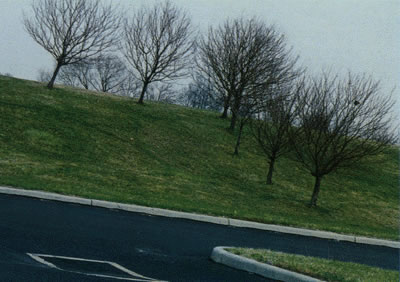 Miscellanea II
Miscellanea II
Studies on 35 mm color film from 1988 to 1997.
The memorial to the crew of the crashed Challenger-space shuttle in the grounds of the Neil Armstrong Air & Space Museum in Wapakoneta, Ohio, on April 3, 1995. The Ladora Savings Bank by C. B. Zalesky in Ladora, Iowa, April 4, 1995. Both motifs were discovered by chance during a filming expedition to the last eight buildings of Louis Sullivan in the Midwest of the United States. Neil Armstrong was born near Wapakoneta, Zalesky was a scholar of Sullivan. The painting Building of the Devil's Bridge (ca. 1833) by Carl Blechen and the present location of the Devil's Bridge at the St. Gotthard Pass, shot on April 18, 1996, during a filming expedition to Robert Maillart's bridges. The castle in Arco and the swimming pool built by Giancarlo Maroni between 1932 and 1934 in Riva on Lake Garda, filmed March 23, 1997. Maroni came from Arco, and was D'Annunzios personal architect at the Vittoriale in Gardone. The footage was made during the shooting of D'Annunzios Cave - Interior Design as Political Declaration. Ueli Etter cleaning the screens and printing motifs for his exhibition on a clear day in Berlin, August 22, 1995. The post offices in Sabaudia and Latina, south of Rome, built by Angiolo Mazzoni in the early 30s, and his railway station (1937) in Latina Scalo, filmes July 31, and August 3, 1995. Jochen Nickel, Ueli Etter und Ronny Tanner at Ueli Etter's exhibition you can see forever on June 21, 1996. Buildings next to the Via Appia near Pontinia on August 7, 1995. Raw meat at Cabo de Creus in Spain on October 11, 1988.
IMG: Seven trees forming a 7 - Memorial to the crew of the crashed Challenger-space shuttle in Wapakoneta, Ohio, 3. April 1995


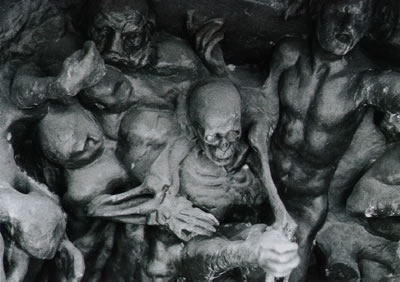 Miscellanea I
Miscellanea I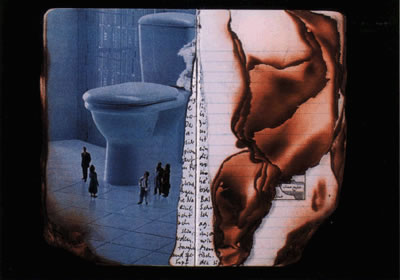 The Basis of Make-Up II
The Basis of Make-Up II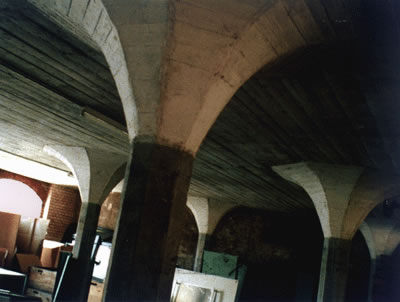 Maillart's Bridges
Maillart's Bridges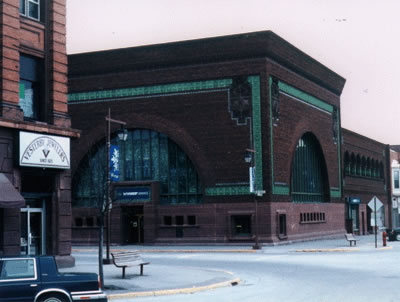 Sullivan's Banks
Sullivan's Banks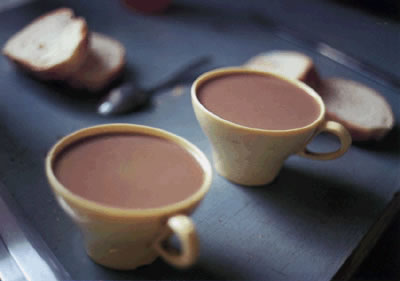 The Basis of Make-Up I
The Basis of Make-Up I 